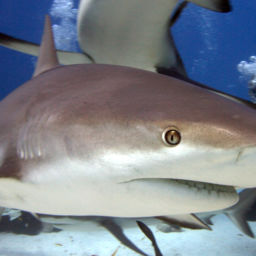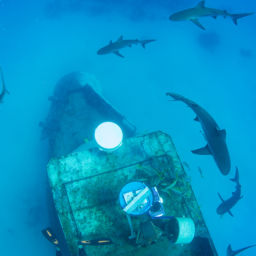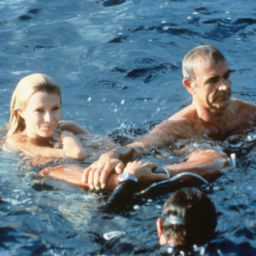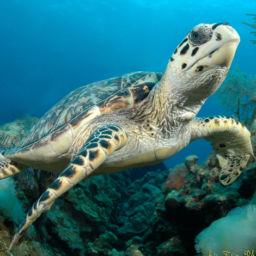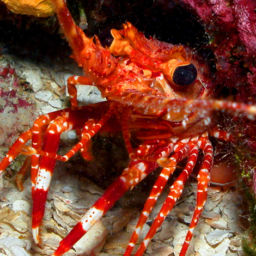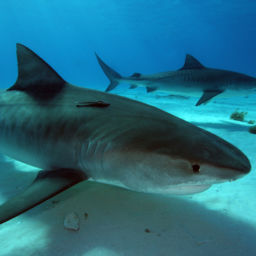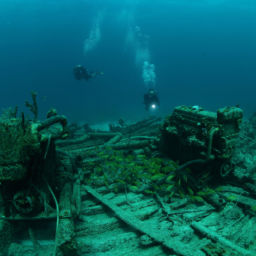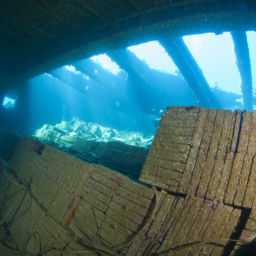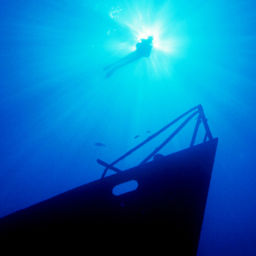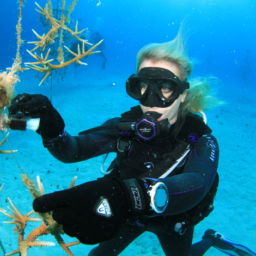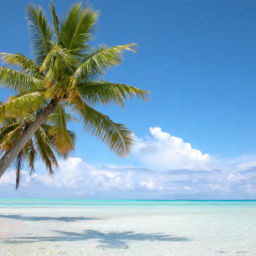Itching for a dive trip, now that some destinations are starting to open? Easily accessible from the United States and famed for its shark diving, wrecks and reefs, the Bahamas is a perfect place to go scuba diving. Here is our diver’s guide to visiting the Bahamas in Covid times.
WHAT ARE THE COVID-19 REQUIREMENTS FOR ENTRY INTO THE BAHAMAS?
From May 1, all fully vaccinated travelers who have passed the two-week immunity period can enter the Bahamas without proof of a negative COVID-19 test.
At this time, the Bahamas government is only accepting vaccines by Pfizer, Moderna, Johnson & Johnson, and AstraZeneca. Visitors still need to follow other safety protocols during their visit.
Unvaccinated travelers must provide a negative COVID-19 test result before travel, taken no more than five days prior to arrival.
All travelers must opt in to COVID-19 health insurance, which covers them for the duration of their stay in the Bahamas. This cost is included in the Bahamas Travel Health Visa application fee.
Is there any quarantine involved? There is no quarantine required for vaccinated or unvaccinated travelers.
WHAT ARE THE COVID-19 REQUIREMENTS FOR RE-ENTRY INTO THE UNITED STATES?
Upon departure for the U.S., all travelers (including U.S. citizens and fully vaccinated travelers) must have a negative COVID-19 test result no more than three days before they board their flights to the U.S.
The CDC Bahamas guide outlines what to do after returning to the U.S.. This includes when to self-isolate and when you will need a follow-up test.
WHAT IS THE COVID-19 SITUATION IN THE BAHAMAS?
All islands in the Bahamas are open to international and domestic arrivals and there are testing and safety procedures in place. As of May 11, 2021, there have been 10,773 confirmed COVID-19 cases and 212 COVID-related deaths in the Bahamas, according to the Reuters COVID-19 tracker.
IS IT WORTH VISITING THE BAHAMAS? IS ANYTHING OPEN?
Yes! Travelers can move about the country freely as long as they comply with safety protocols. Public outdoor spaces are open, there is some indoor dining available, and the beaches are open. The Bahamas Interactive Island Guide provides a comprehensive overview of what facilities are open on each island.
WHAT YOU’LL SEE AT THE BAHAMAS AND WHY IT IS WORTH IT
Warm weather, plenty of sunshine and water that rarely drops below 80 F (27 C) make the Bahamas a perfect escape from the bustle of daily life. Visit from October to June to make this most of this gorgeous destination.
Wherever you choose to go diving in the Bahamas, expect to see plenty of sharks. The Bahamas has been a designated shark sanctuary since 2011 and is positively teeming with these charismatic fish. Caribbean reef sharks, lemon, blacktip reef, nurse and gray reef sharks are common. There are world-famous, dedicated shark dives as well, giving you the chance to get up close and personal with great hammerheads, tiger sharks, bull sharks, and oceanic whitetips.
Tiger Beach
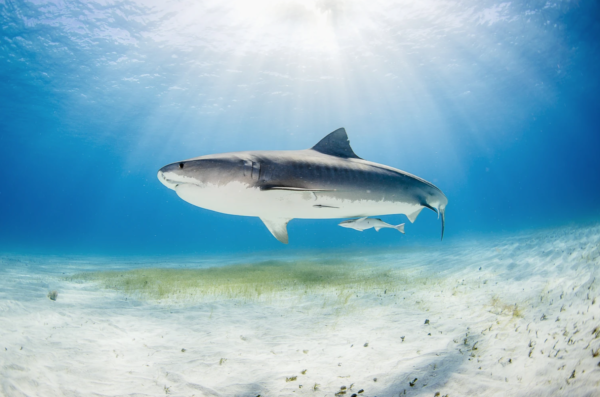
Take a trip to the West End of Grand Bahama and you can experience some of the best shark diving in the world at famous Tiger Beach. True to its name, you can dive with numerous tiger sharks there, plus bull sharks, great hammerheads, lemon, and Caribbean reef sharks.
The diving is shallow and easy; you just kneel on the sandy bottom and watch the sharks glide past. Visit from October to January for peak tiger shark numbers, or February to March for bull shark encounters.
As well as shark diving, Grand Bahama has reefs ideal for new divers, plus exciting walls, wrecks and fascinating underwater cave systems for tech fans.
Bimini Islands
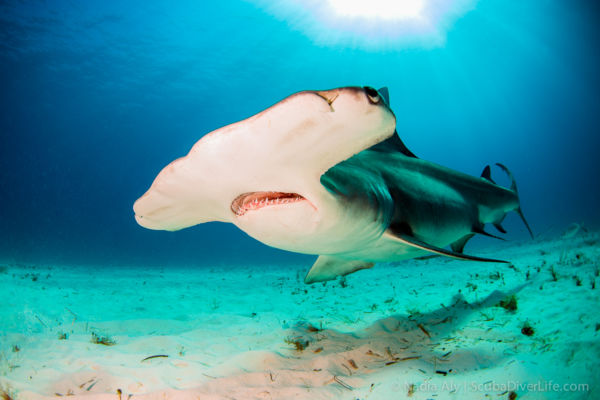
Bimini, a chain of islands in the western Bahamas, is the place to go for great hammerhead shark encounters. Visitors can also enjoy the pristine beaches these islands are known for. While there, make time to visit Bimini Island’s mangroves. They are a real hidden gem of this Bahamian destination and host plenty of wildlife, including juvenile lemon sharks.
While hammerheads live in the Bahamas all year, visit from December to February for peak hammerhead shark season.
Cat Island
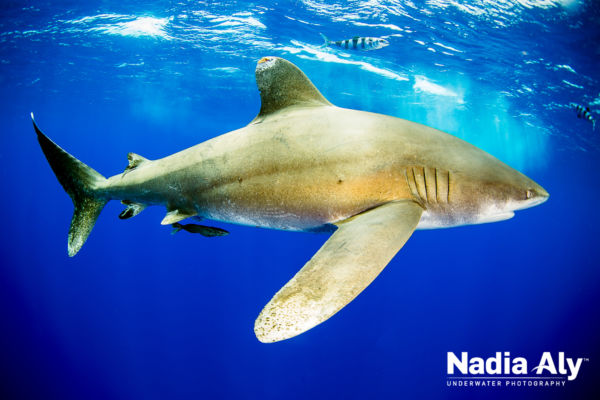
It may be just a 30-minute flight from Nassau, but Cat Island in the Central Bahamas is a secluded paradise island not to be missed. It is the best place in the world to swim with oceanic whitetip sharks.
These confident pelagic sharks visit Cat Island each spring, following the tuna migration, and Cat Island’s calm water conditions are perfect for diving with them. Divers and snorkelers alike can spend hours drifting along in the blue with these fascinating sharks.
Exuma Cays and Eleuthera
With numerous wrecks, jaw-dropping wall dives and shallow reefs, diving in the Exuma Cays offers something for every diver.
Don’t miss the famous Austin Smith wreck while you’re there. Originally a 90-foot Bahamian Defense Force Cutter, the Austin Smith wreck is now a thriving artificial reef in the Exuma Cays. As well as numerous sharks, this wreck also hosts eagle rays, turtles and numerous colorful fish.
If you love current diving, the Washing Machine at Highbourne Cay offers ripping currents. The currents move so fast that there is little marine life to see but being tumbled about in the current is a fun dive experience unlike any other.
Other highlights of diving in the Exumas include the rolling seagrass beds of Moria Harbor Cay National Park and diving with stromatolites, the world’s oldest living fossils. There are abundant wrecks at nearby Eleuthera and don’t forget to take a hop to Long Island. There you can experience the world’s second deepest blue hole, Dean’s Blue Hole.
And if you need one more shark fix before heading home, leave time for Stuart Cove’s famous shark diving adventure. This Nassau dive is all about close encounters with numerous Caribbean reef sharks.
Kathryn Curzon, a shark conservationist and dive travel writer for Scuba Schools International (SSI), wrote this article.
All images courtesy of Nadia Aly


